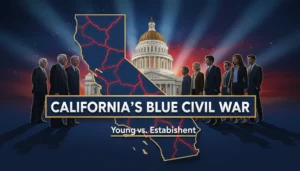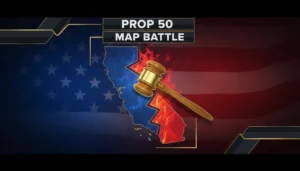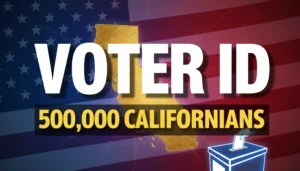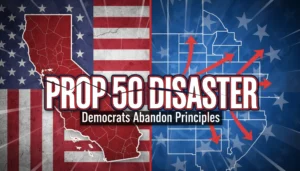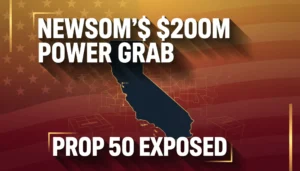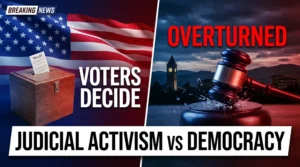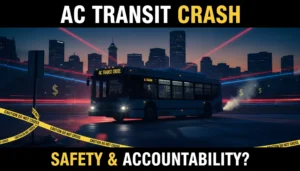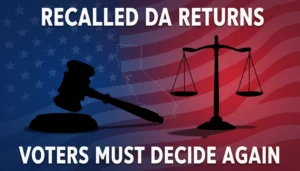California’s $140 Million Power Grab: How Democrats Are Rigging the Game Through Proposition 50
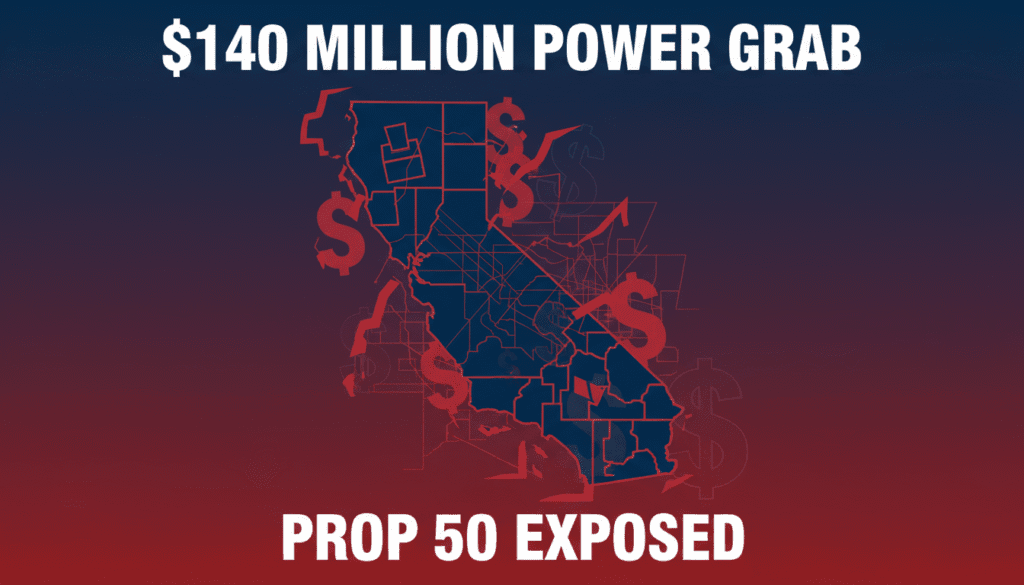
alifornia’s political establishment is at it again, attempting to cement their stranglehold on power through a massive redistricting scheme that has already attracted an unprecedented $140 million in campaign spending. Proposition 50, deceptively packaged as a routine electoral measure, represents nothing less than a brazen attempt by Democratic operatives to lock in their political dominance for the next decade through gerrymandered district maps that would make even the most cynical political boss blush.
The Money Trail Tells the Real Story
When any political proposition attracts $140 million in spending, voters should immediately ask themselves: what’s really at stake here? The answer is simple – raw political power. Democratic supporters of Proposition 50 have significantly out-raised their opponents, demonstrating the massive financial advantage that comes with having the backing of entrenched political interests, union bosses, and progressive mega-donors who view California as their personal political laboratory.
This financial disparity isn’t just about campaign resources; it’s about drowning out opposition voices and ensuring that ordinary Californians never get to hear the full truth about what Proposition 50 really means for their representation. When one side can spend tens of millions more than their opponents, it raises serious questions about whether this is truly a democratic process or simply a well-funded political coup.
Gerrymandering Disguised as Reform
Proposition 50’s supporters claim they’re simply adopting new district maps, but the reality is far more sinister. These aren’t neutral, fairly-drawn boundaries designed to ensure equal representation – they’re carefully crafted Democratic gerrymanders designed to maximize partisan advantage and minimize competitive elections. By locking in these maps through 2030, Democrats are essentially ensuring that California voters will have fewer meaningful choices at the ballot box for the next six years.
The timing of this proposition is particularly telling. Rather than allowing the normal redistricting process to unfold following the 2030 census, Democratic operatives want to rush through their preferred maps now, while they still control the levers of power. This represents a fundamental departure from the principles of fair representation and competitive democracy that should guide any redistricting process.
The Death of Competitive Elections
One of the most troubling aspects of Proposition 50 is how it would further reduce electoral competition in a state that already suffers from a severe lack of competitive races. When districts are drawn to be “safe” for one party or another, it removes any incentive for elected officials to be responsive to their constituents or to seek common-ground solutions to pressing problems.
California already ranks among the worst states in the nation for electoral competition, with the vast majority of legislative and congressional races being decided in low-turnout primary elections rather than competitive general elections. Proposition 50 would make this problem even worse by cementing district boundaries that virtually guarantee predetermined outcomes.
This lack of competition doesn’t just hurt Republicans – it hurts all Californians by reducing accountability and encouraging the kind of extreme partisanship that has made Sacramento increasingly dysfunctional. When politicians don’t have to worry about facing real opposition, they’re free to pursue ideological agendas that may be popular with their base but harmful to the state as a whole.
A Pattern of Democratic Power Consolidation
Proposition 50 must be understood within the broader context of Democratic efforts to consolidate power in California through institutional changes rather than winning over voters through better policies. Over the past decade, we’ve seen a systematic campaign to alter the rules of the game in ways that benefit Democratic politicians and their allies.
From changes to the primary system that favor establishment candidates to efforts to expand voting access in ways that benefit Democratic turnout operations, the pattern is clear: rather than compete on a level playing field, California Democrats prefer to change the rules to ensure their continued dominance. Proposition 50 represents the culmination of this strategy – a direct attempt to manipulate district boundaries to guarantee favorable electoral outcomes.
The Real Victims: California Voters
While Democratic politicians and their wealthy backers fight over district lines, the real victims of Proposition 50 are ordinary California voters who deserve fair representation and competitive elections. When districts are gerrymandered to favor one party, it means that millions of Californians effectively have no voice in choosing their representatives.
This is particularly problematic in a state as diverse as California, where different regions have vastly different priorities and concerns. Central Valley farmers, Silicon Valley tech workers, and Los Angeles suburbanites all have legitimate interests that deserve representation, but gerrymandered districts make it easier for politicians to ignore constituencies that don’t fit their preferred demographic or ideological profile.
Economic Consequences of One-Party Rule
The push for Proposition 50 comes at a time when California is facing serious economic challenges that require bipartisan solutions and fresh thinking. The state’s high cost of living, housing crisis, and business-unfriendly regulatory environment have driven many families and companies to seek opportunities elsewhere. Rather than addressing these fundamental problems, Democratic politicians seem more interested in ensuring their continued ability to pursue the same failed policies without meaningful opposition.
Competitive elections force politicians to moderate their positions and seek broad-based support. When that competition is eliminated through gerrymandering, it removes a crucial check on policy extremism and makes it easier for special interests to capture the political process. California’s economic struggles are, in many ways, a direct result of this lack of political competition and accountability.
The Path Forward
California voters have a choice to make with Proposition 50. They can allow Democratic operatives to cement their political dominance through manipulated district maps, or they can reject this power grab and demand fair, competitive elections that give all Californians a meaningful voice in their government.
The $140 million being spent on this campaign should serve as a wake-up call about what’s really at stake. When political insiders are willing to spend that kind of money to influence redistricting, it’s because they understand that control over district boundaries is control over electoral outcomes. Californians deserve better than rigged elections and predetermined results.
Voting against Proposition 50 isn’t just about partisan politics – it’s about preserving the fundamental principle that voters should choose their politicians, not the other way around. It’s about ensuring that California remains a place where different ideas can compete in the marketplace of democracy, rather than a one-party state where dissent is systematically marginalized through institutional manipulation.
The choice is clear: reject Proposition 50 and demand fair representation for all Californians.



